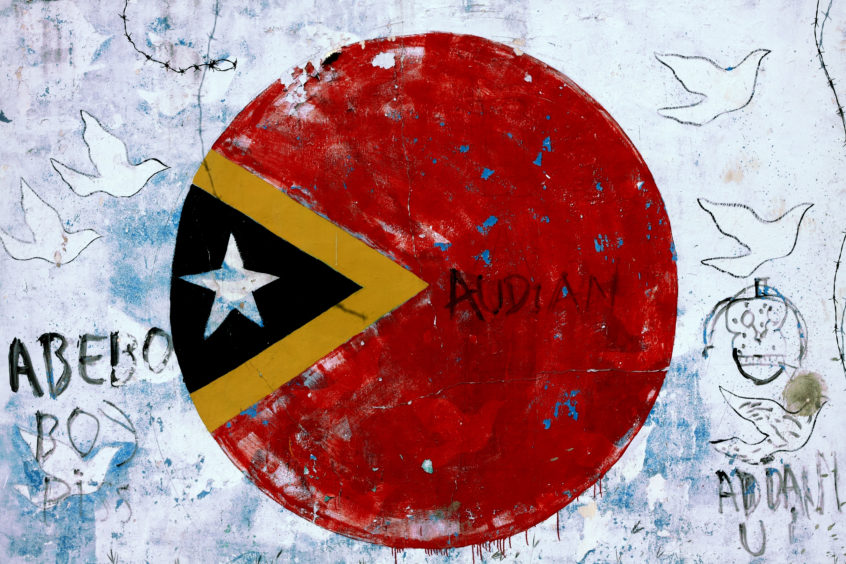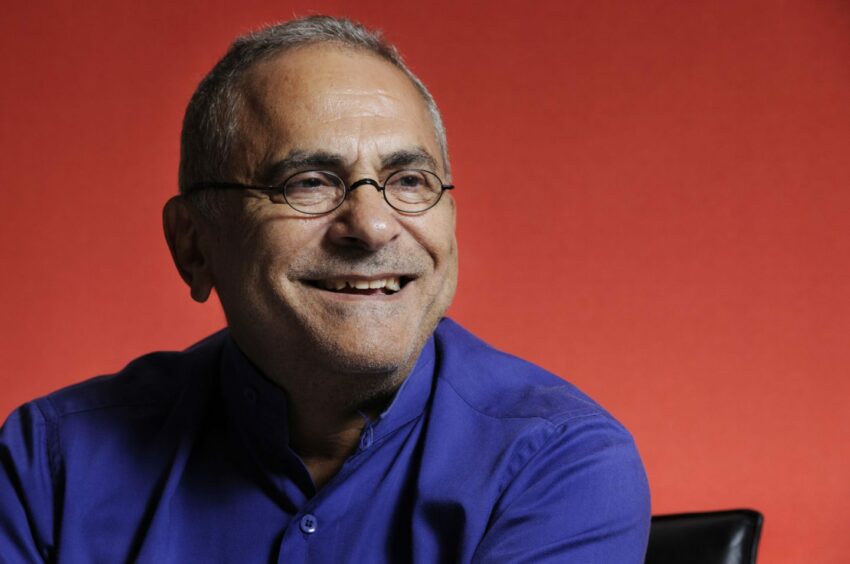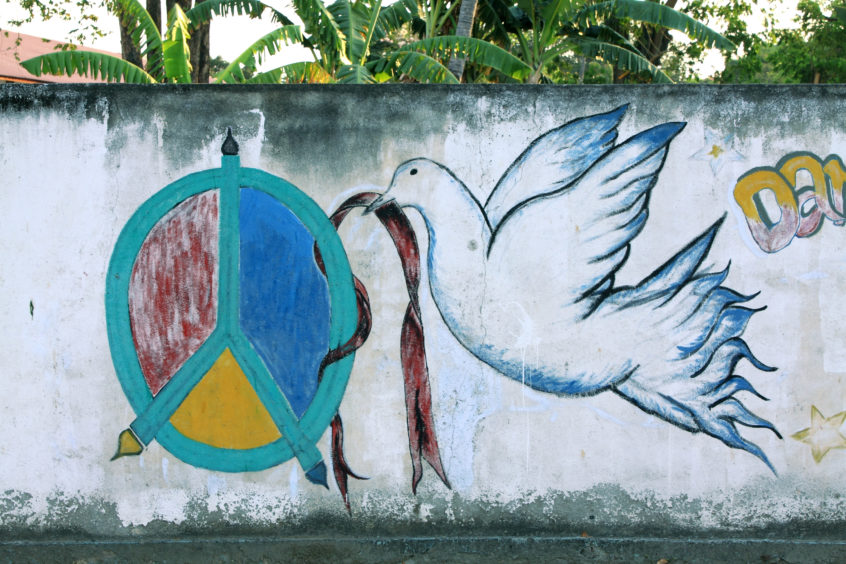
Development of the 5.1 trillion cubic feet Greater Sunrise gas and condensate field is back on the agenda for Woodside Energy (ASX:WDS), but the odds of progress look as difficult as ever, reported EnergyQuest. Significantly, all stakeholders in Sunrise should be talking about plate tectonics rather than economics, suggested the consultancy in its latest report.
In April, the chief executive of Sunrise operator Woodside, Meg O’Neill, called for “serious consideration” to be given to re-starting development of Sunrise as many countries scramble for alternatives to Russian gas supply.
Woodside has a 33.44% stake in Greater Sunrise. East Timor’s national oil company Timor GAP holds 56.56% after buying out Shell and ConocoPhillips in 2018. Japan’s Osaka Gas holds the balance of 10%.
About 70% of Greater Sunrise – consisting of the Sunrise and Troubadour fields – lies in East Timor’s (also known as Timor Leste) seabed following a 2018 maritime boundary deal with Australia. The fields are only about 150 km south of Timor Leste’s coastline but in between lies the 3,300 metre-deep Timor Trench, noted EnergyQuest.
As the consultancy highlighted “the perennial issue for Sunrise is the insistence of the Timor-Leste government on onshore processing. One of the greatest champions of this proposal is independence hero and Nobel prize winner Jose Ramos-Horta, who was re-elected as president in April 2022.”
Swinburne University’s Professor of politics and international relations, Michael Leach, said the re-election of Ramos-Horta was step one of a two-step plan to install the country’s first president, Xanana Gusmao, as prime minister and resurrect the onshore liquefied natural gas (LNG) processing plan, according to a report in The Australian on 25 April.
However, while the Australian media have pedalled that narrative since Horta’s presidential victory, Energy Voice understands that the new president might take a more pragmatic view to the development of Sunrise. Horta will be no pushover when it comes to Gusmao, even though the latter is a towering figure of Timorese politics and has raised unrealistic expectations of employment opportunities and economic benefits from piping Sunrise gas to East Timor for processing.
Meanwhile, Woodside’s O’Neill remains adamant that onshore processing is not viable. “Yeah, that is a key challenge. The economics of taking gas to Timor-Leste and building new plants just are prohibitive – so that’s something that needs to get cracked – but the PSC terms need to get sorted first,” she told the Australian Financial Review in April. O’Neill also said there were “potentially some interesting opportunities” to use existing LNG facilities, which suggests talks could be underway between INPEX and, or, Santos as operators of Ichthys and Darwin LNG respectively in Northern Australia, said EnergyQuest.
Indeed, the agreement on production-sharing contract (PSC) terms are crucial before any development plans for Sunrise can proceed. But as one industry source told Energy Voice “the leadership of East Timor’s National Authority of Petroleum and Minerals (ANPM) seems more interested in flying around the world promoting its proposed carbon capture and storage (CCS) hub at Bayu Undan, rather than focusing on finalising a PSC for Sunrise, which arguably should be a top priority for the upstream regulator. That’s its job.”
Plate Tectonics Not Economics Key to Sunrise Debate
EnergyQuest suggests it would be far more productive for all parties to talk about plate tectonics rather than the economics of processing gas in Australia or East Timor. “The Indo-Australian plate moves north at 7 cm a year and is subducted into the Timor Trench and other plate margins to Australia’s north. This means that in the 20 or so years of stalled negotiations over Sunrise development, the distance between Australia (including Greater Sunrise) and Timor-Leste has shrunk by about 1.5 metres. It would shrink again by this much over the life of the project. Building a pipeline (to Timor Leste) subjected to the full force of one of the most rapid tectonic plate movements in the world is an idea that should never have got off the ground. Viewed from a perspective of plate tectonics, onshore processing in Timor-Leste has always been an unnecessary obstacle to development.”
Sunrise development is also hampered by the reluctance of multilateral finance agencies and other lenders to finance fossil fuel projects, noted the consultancy.
The Timor-Leste government says it has access to international financial agencies that are willing to finance the Sunrise onshore project.
Pragmatism Prevailing in East Timor?
Over the past decade or so, East Timor’s leaders have doggedly insisted that Greater Sunrise should be developed on their home soil. Xanana Gusmao, the country’s de facto power broker when TimorGap bought out Shell and ConocoPhillips in 2018, hoped the $650 million buyout would put more impetus behind the country’s plans to build a greenfield onshore LNG export facility on its south coast, rather than use an established plant in northern Australia, to monetise the gas. The Sunrise project was the centrepiece of East Timor’s strategic development plan formulated in 2011 by Gusmao and his political party National Congress for Timorese Reconstruction (CNRT).
But Woodside and most industry analysts have always insisted the economics of a greenfield development in East Timor do not work and that reusing existing infrastructure in northern Australia is the only viable route to monetise Sunrise.
In 2020, it was reported that East Timor was reassessing its ambitious petroleum development plans, which included the Woodside-operated Greater Sunrise project, after discovering the economic analysis behind its proposed schemes was inaccurate. At last pragmatism seemed to be prevailing in Dili.
In May, the ANPM told Energy Voice that if others still see a standalone Sunrise development in East Timor as not viable, then they hope it could be developed with other gas fields such as Chuditch, to create economies of scale for a domestic processing plant.
This week government officials from Timor-Leste met with the Australian government and reaffirmed Dili’s position of developing the Greater Sunrise project in onshore Timor-Leste. “Timor-Leste sees the economic importance of developing Greater Sunrise in Timor-Leste. During the meeting Timor-Leste reaffirmed its position and commitment to develop Greater Sunrise in onshore Timor-Leste,” the government said in a statement.
Still, if EnergyQuest’s point about plate tectonics holds true any discussion about investing in an onshore LNG export complex in East Timor, connected by pipelines across the deep Timor Trench, is moot.
Oil and Gas Revenues Dwindling
East Timor is now confronted with an end to its revenues from Bayu-Undan, its sole producing field, in as little as six months from now. Operator Santos reported on 21 April it expected production to end in late 2022. The project produced 2.0 MMboe in Q1 2022, less than one third of the 6.5 MMboe produced in Q1 2021. However, as EnergyQuest noted, much higher prices mean the decline in sales revenue has been relatively modest over the same period – US$179 million in Q1 2022 compared to US$237 million in Q1 2021.
Despite, revenues from oil and gas likely to stop completely within the next 6-12 months, it seems the ANPM remains obsessed with a giant CCS project, proposed by Santos, rather than pushing the development of Sunrise, which could generate significant revenues for the nation. On the other hand, the CCS project is unlikely to generate a lot of income for East Timor.
The government will certainly get some revenues from Santos for the CCS project, although the amount would be less than its income from upstream oil and gas production, Sohini Chatterjee, a CCUS and global upstream analyst at consultancy Rystad Energy, told Energy Voice previously.
Indeed, sources told Energy Voice that Santos is discussing paying East Timor a yearly storage fee of $20 million in relation to the CCS hub. But neither the ANPM nor Santos have publicly commented on the commercial arrangements.
A senior research analyst at an investment bank that covers Santos, told Energy Voice, that “the problem is CCS does not really make money, so there will not be many dollars to share around.”
Still, the ANPM is hoping East Timor will make money from carbon credit markets, although for now it seems uncertain how this would work.
Nevertheless, Australia’s second largest oil and gas producer, Santos (ASX:STO), is racing to develop the almost depleted Bayu Undan field, offshore East Timor, into a CCS facility estimated to cost over $1.7 billion. In turn, East Timor hopes to host the first merchant CCS scheme of its kind in Asia Pacific to store other countries’ waste.
Irony, and The End of Bayu Undan
The end of production at the historic Bayu Undan field by late 2022 means there will be about 2.5 years of zero cargoes from the Darwin LNG export facility before shipments of Barossa gas – which will backfill the plant – start, noted EnergyQuest. The Santos-led Barossa development in Australia remains on schedule and on budget for first production in the first half of 2025.
The irony is that Greater Sunrise gas could have easily been sent to backfill the Darwin LNG plant. Crucially, findings from a UN-backed Conciliation Commission in 2018 showed that development of Greater Sunrise oil and gas in East Timor was unviable, contrary to what East Timor’s government claimed at the time.
Conversely, the analysis found that sending Greater Sunrise gas to Darwin for processing was commercially attractive. The Woodside-led joint venture, which in early 2018 included ConocoPhillips, Shell, and Osaka Gas, could have reused the existing pipelines from Bayu Undan and existing export plant in Darwin, significantly cutting costs. Greater Sunrise gas could then have competed with expansion projects in Qatar, the US, and Papua New Guinea (PNG) for new customers post 2023. It was a significant opportunity that these experienced global oil and gas players had identified.
But this was not to be. The Gusmao-led government of the time spat the dummy in response to the UN-led commission’s findings. The government, determined to build a greenfield oil and gas complex in East Timor, whatever the cost, instructed TimorGap to buy out Shell and ConocoPhillips from the Sunrise venture.
Since then, in 2018, Greater Sunrise has moved no closer to development. There have not even been any terms agreed for a production-sharing contract (PSC), which is a crucial requirement for any project to proceed. Unfortunately, it seems Sunrise will remain an eternal long shot. No doubt, Shell and ConocoPhillips could not believe their luck when East Timor offered them a very favorable exit from the long-stalled Greater Sunrise.
UPDATED AT 13.10 GMT on 1 July to reflect East Timor government statement and position on developing Greater Sunrise onshore East Timor


